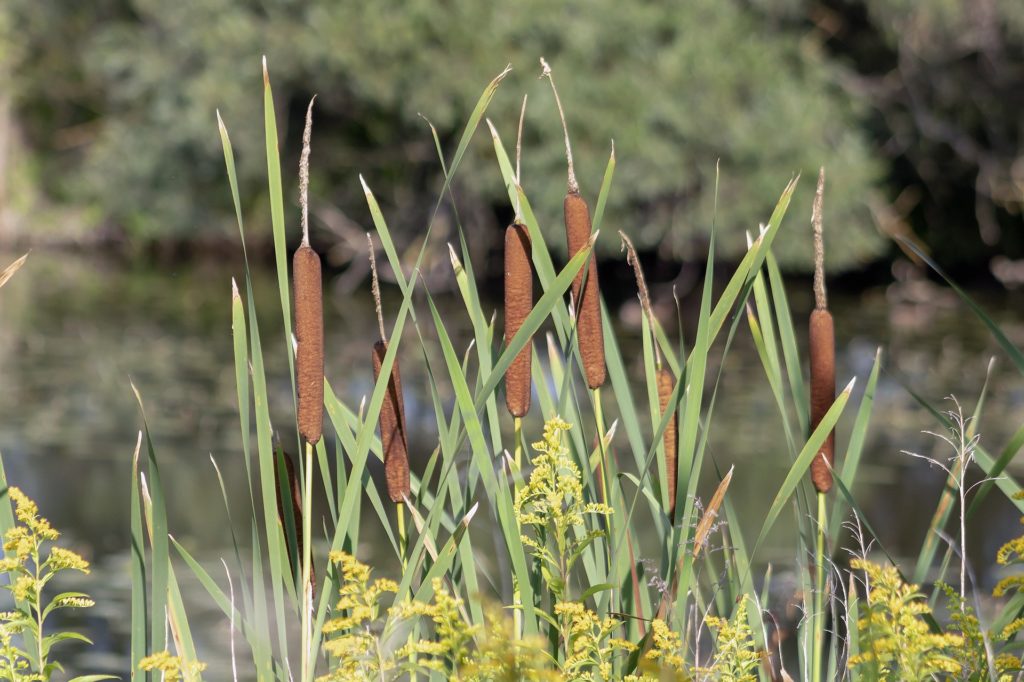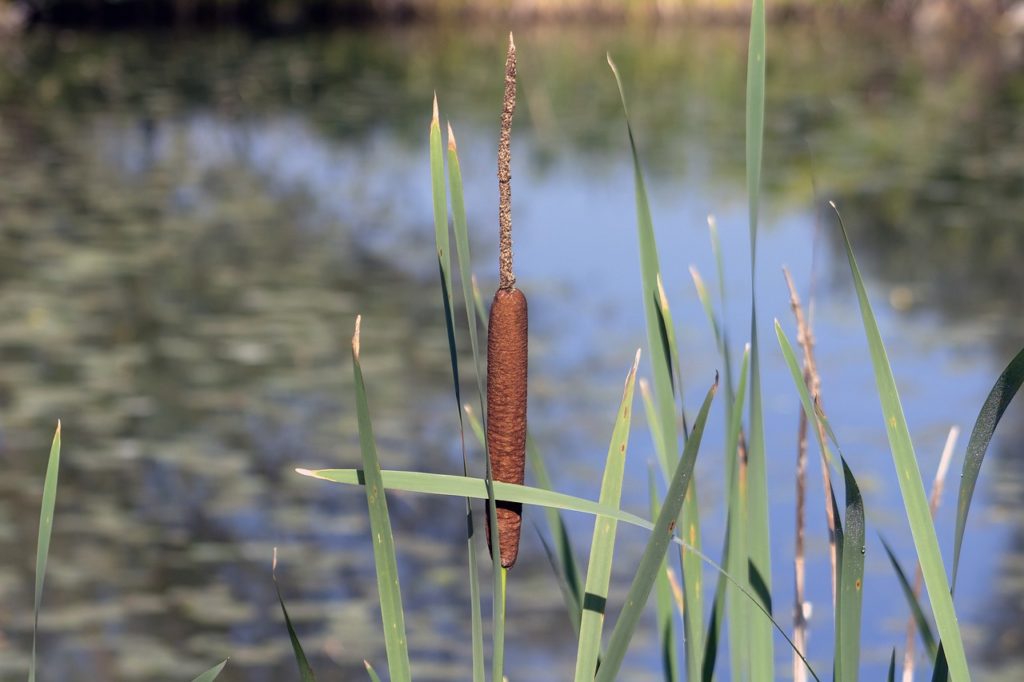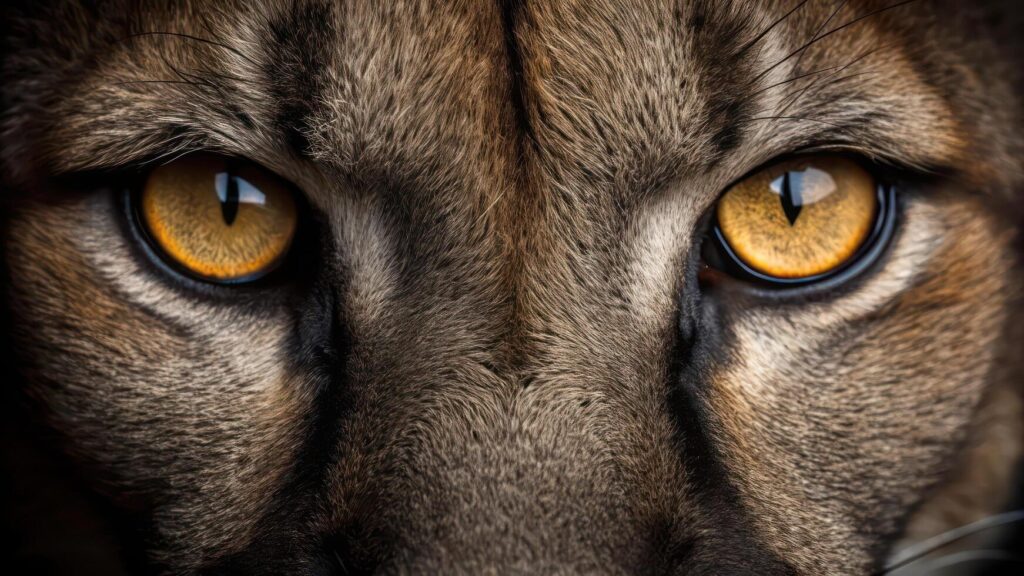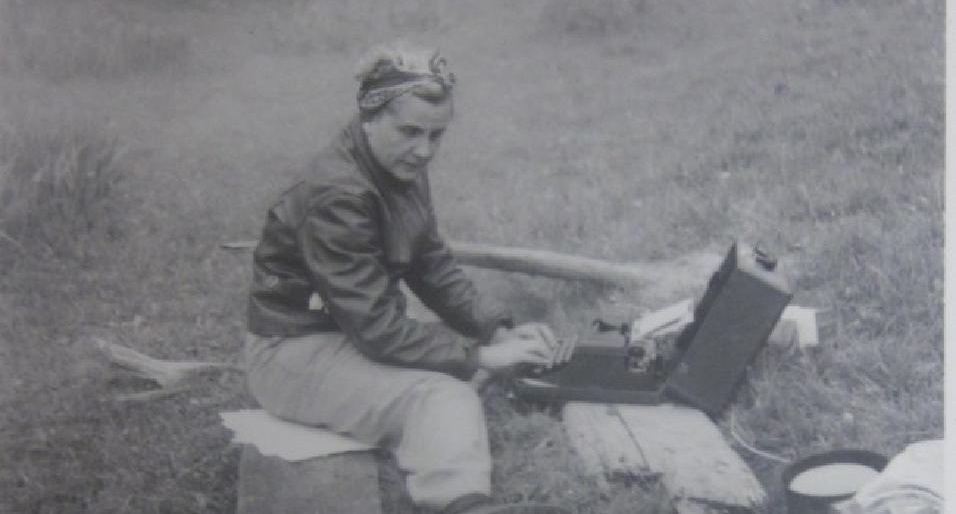Post Category : Field Life
Edible Plant Series – Cattails
Did you know that cattails are edible? Unlike wild mushrooms, which can be difficult to identify and poisonous, most people can easily recognize cattails (Typha latifolia). It is difficult to mistake a two meter tall plant with a large, brown, fluffy corndog-looking thing at the top, for something like water hemlock. Juvenile plants are more difficult to identify and could be confused with non-edible foliage. If your new to foraging, stick to adult cattails and you will be fine.
Cattails usually grow in standing water and are a survivalist’s dream. They are non-toxic and almost every part of a cattail can be eaten. Burning away the fluff will leave the seeds. These can be eaten raw, boiled or ground into meal. If the plant is pollinating, the pollen can be shaken off the stalk (male flower) that grows on top of the corndog (female flower) and used as flour to make pancakes. The pollen is high in protein, which is not always easy to come by in survival situations. A green male flower spike can be roasted and eaten similar to corn on the cob.
Peeling away the green rushes of a cattail will reveal a white tender core. This core can be baked, dried and ground into flour, or boiled. In a pinch, you could even eat it raw, but I advise against this to avoid ailments like beaver fever. The stalks can also be boiled into a syrup and can provide a source of concentrated sugar. Concentrated sugar is very difficult to come by in the Canadian wilderness. Finally, the roots of the cattails are also an excellent source of starch.
Cattails aren’t only good for eating. The dried rushes can be used for weaving or thatching a shelter. The fluff that comes from the brown corndog-looking thing can be used for insulating clothing or beds, and also makes excellent tinder for starting fires. It may be difficult to find dry tinder when it is raining, but cattail fluff is somewhat sheltered and may provide a dry source.
So, if your stuck in the wilderness for a couple days or you just like the satisfaction of eating things that you pick yourself, look no further than the nearest ditch, slough or swamp!
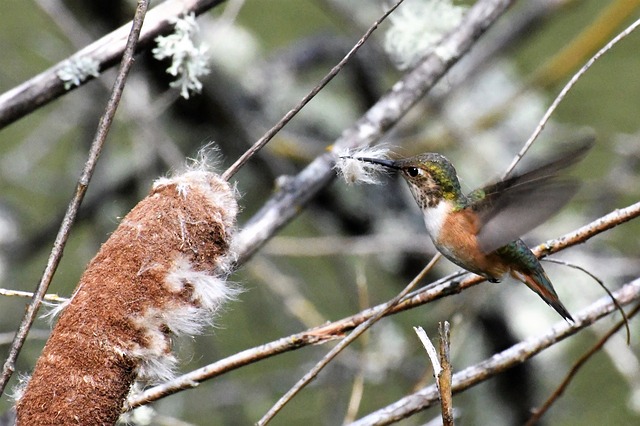
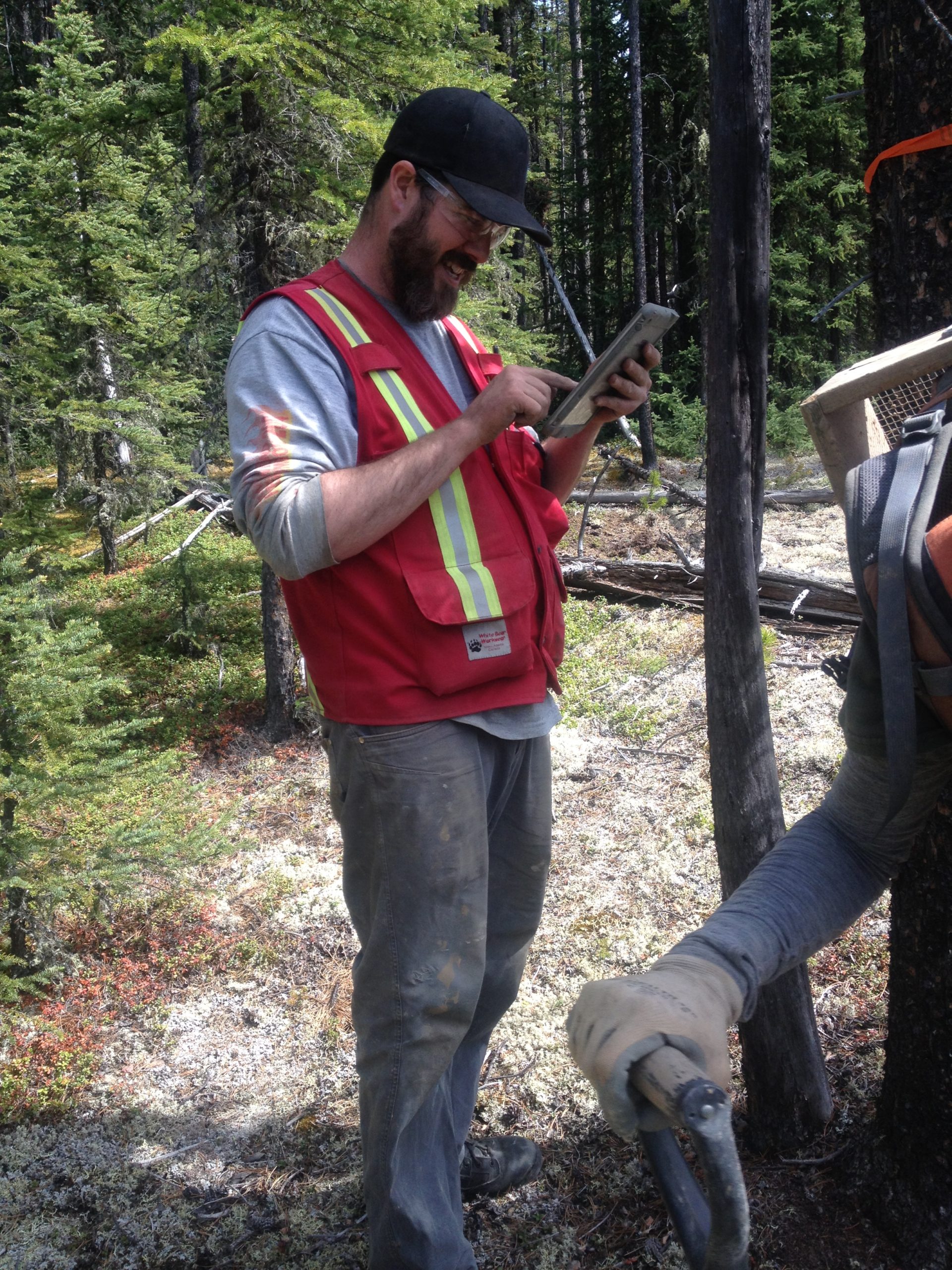
Brian Leslie
Project Archaeologist
Brian Leslie is a Project Archaeologist with Ember Archaeology. He manages all components of archaeological projects and has Permit Holder status in Alberta and Saskatchewan. Brian has extensive CRM experience in the Plains, Boreal, Parkland and Eastern Slopes regions. He worked as a professional archaeologist in 2008 and 2015 before joining Tree Time Services Inc. in April of 2016. Since then, he has honed his skills working on over 40 different projects. He specializes in directing large scale mitigative excavations (100+ m2) and has excavated archaeological sites during oil and gas development from Moose Jaw to Grande Prairie. Brian is experienced in managing large crews and has dealt with adverse conditions such as frozen ground and deep excavations. He has also spent a great deal of time conducting survey for forestry clients around Slave Lake, High Level, Fort McMurray, Rocky Mountain House and Williams Lake. Brian has extensive experience excavating complex structures and is right at home in the wilderness of Canada.

